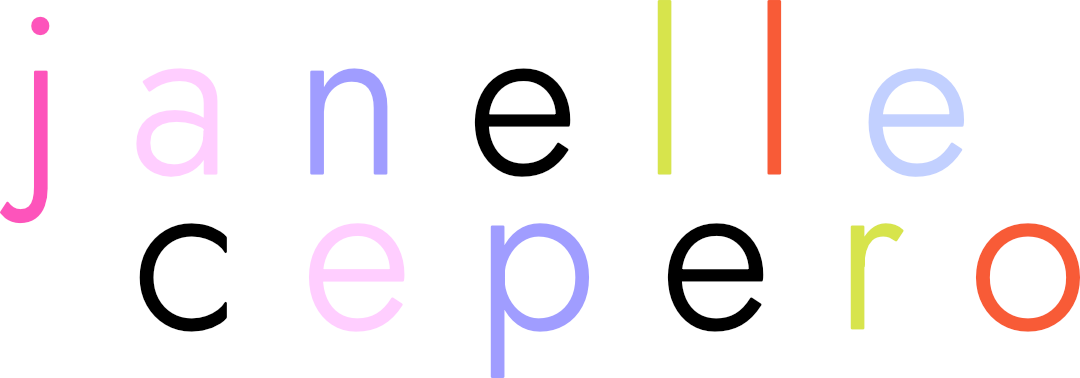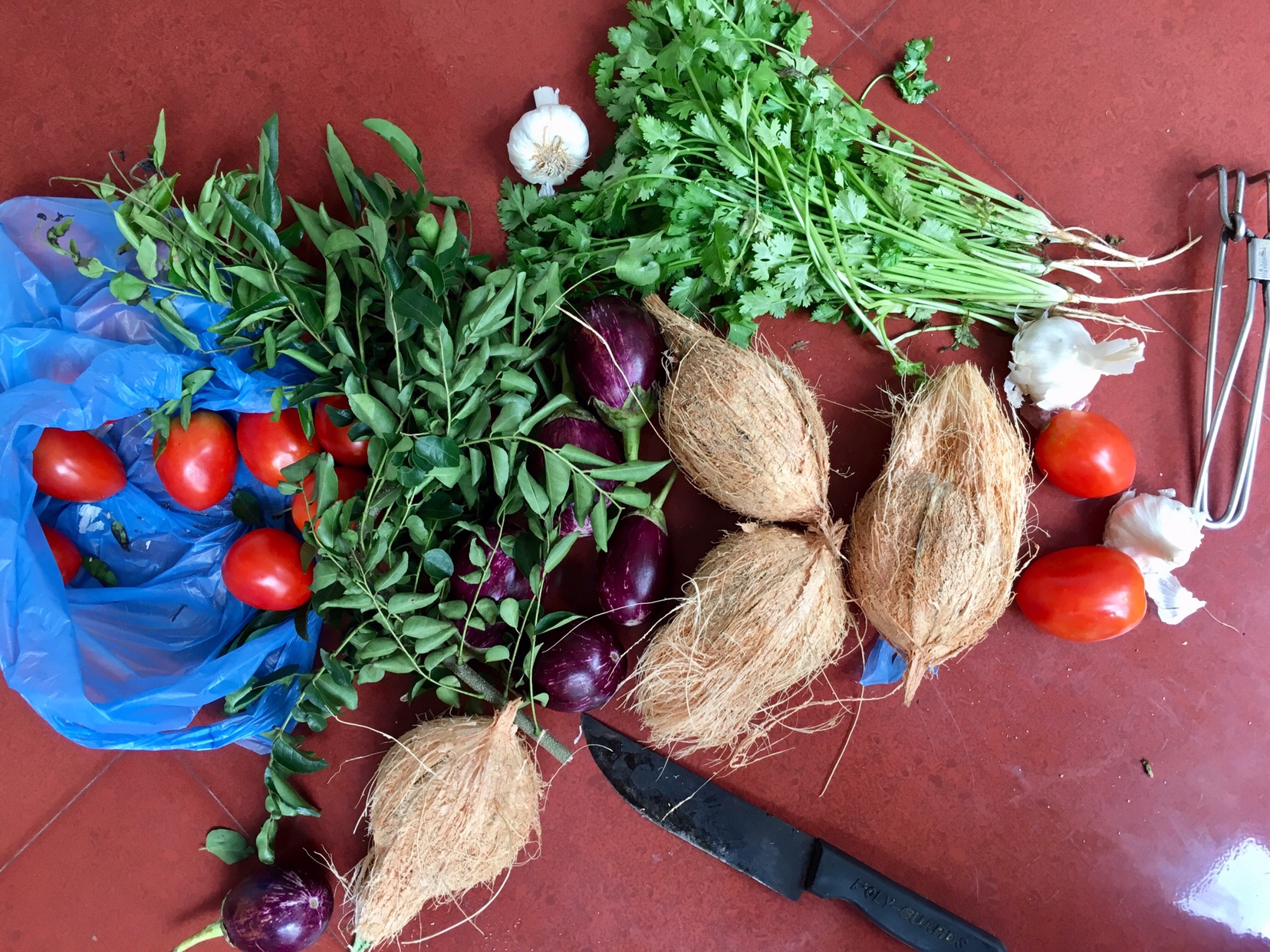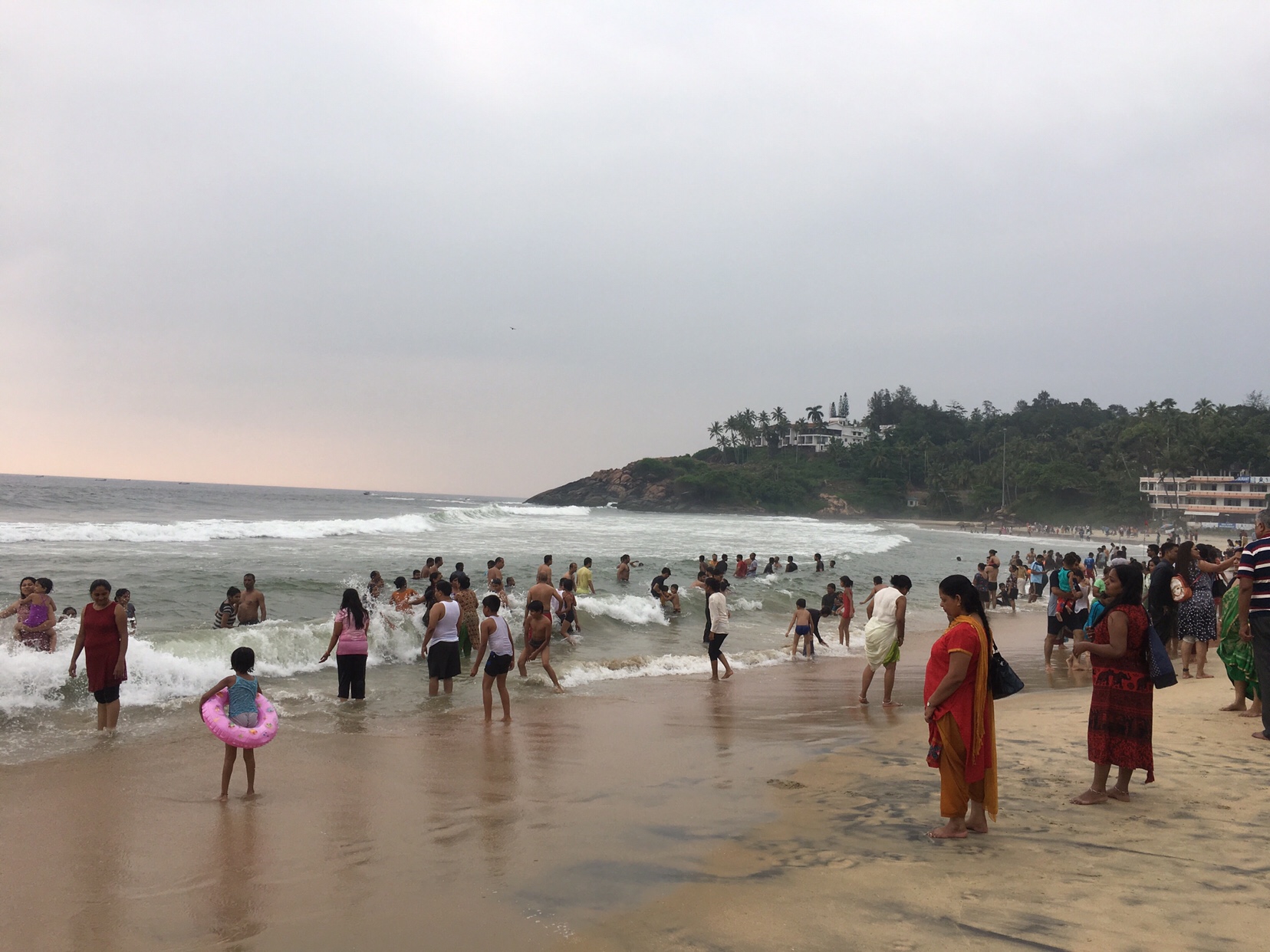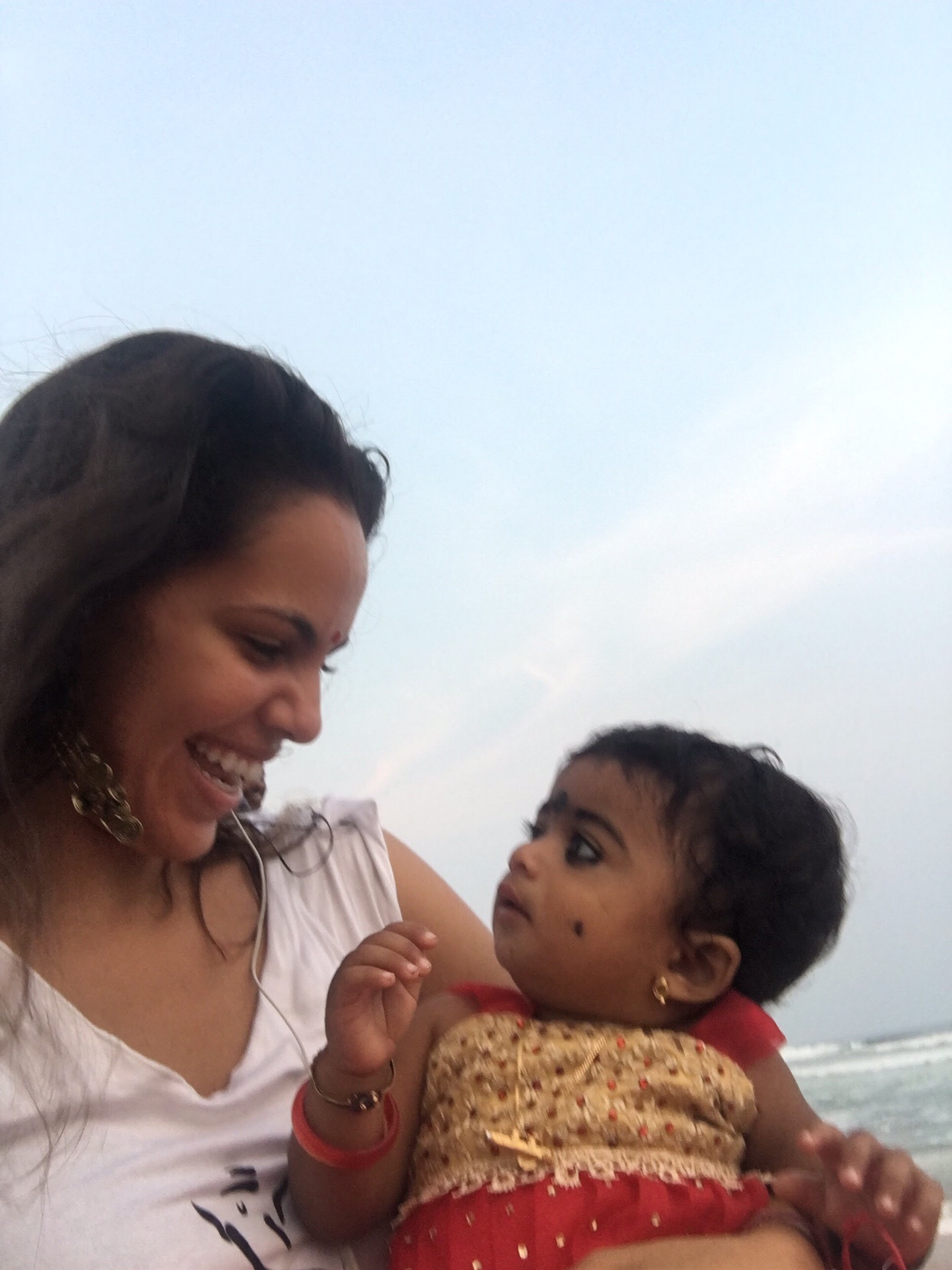Panchakarma: Oil In Every Hole (Part 1)
I’m 14 months into what now feels like my very own “Eat, Pray, Love” journey, in tropical South India, riding out the high from Yoga Teacher Training, and I find myself laying face-down on what I suppose is a makeshift massage table, completely naked, staring at a Ma Durga shrine as I spread my own oily butt cheeks apart while this incredibly sweet local Ayurvedist injects some sort of homemade medicinal oil right up in there. I’m not ill or anything. This is by choice. Oh yea, this is all by choice.
It’s called Panchakarma.
I can’t really get into Panchakarma without first briefly explaining Ayurveda. I’ll start by saying that Ayurveda is an extremely complex science of life and you can’t really narrow this down to an elevator pitch. But, for the sake of time and your attention, here’s my best shot.
Ayur = Life. Veda = Knowledge. Ayurveda is the knowledge of life.
Ayurveda is the sister science of yoga and the world’s oldest system of medicine (5,000 years old). Yes, it’s older than Chinese medicine. Deriving from Mother India, Ayurveda states that everything on this planet Earth (including our bodies) is composed of 5 elements: Earth, water, air, fire, and ether. Each person is made up of a unique combination of these 5 elements, known as the Doshas.
The 3 doshas are: Vata (Air and Ether), Pitta (Fire and Water), and Kapha (Earth and Water). Although we are made up of all three doshas, one (or two) of the doshas are dominate in our bodies and minds. When this happens, when we have too much Vata, or Pitta, or Kapha we essentially are out of balance. The idea in Ayurveda is that all 5 elements (and therefore all three doshas) need to be balanced in the body and mind to allow for optimal health and happiness.
How do we balance our doshas? Food, of course. Herbs, in everything and everywhere. Oil, so much oil, in every hole. Daily rituals. Yoga. A strong, healthy agni = digestive fire. And an annual Panchakarma.
Pancha = Five. Karma = Actions.
Panchakarma are the 5 treatments used in the Ayurvedic system to completely detox and cleanse the body. It’s basically India’s ancient way of detoxification and it’s used to help bring the doshas back into balance. Some may think the treatments are a bit archaic…I get it. But they’ve remained so true to the simplicity our bodies need for thousands and thousands of years. The whole experience just really connects you back to nature, your true nature.
The Benefits of Panchakarma include:
Complete cleansing of the body
Elimination of toxins
Opening up of blocked channels
Improving strength of Agni = digestive fire
Speeding up metabolism
Weight loss
Rejuvenation of tissues
Relieving stress
Boosting immunity
I’m not going to get too into detail about all 5 treatments. I will, however, share with you my personal experience with Panchakarma.
I got really into Ayurveda last summer when I was living in the ashram. With so much time to kill, I picked up a book (the book above). And like many of the books I picked up in India, my life changed forever. Everything I was reading and learning about Ayurveda had me saying, “omg, Ayurve-DUH!”. It just made sense. From the food choices to the daily rituals to the self-care, as I was reading about Ayurveda it’s like something inside of me was coming back to life.
It wasn’t long before I was googling “Ayurveda centers in India”. My hours of browsing the www lead me to God’s Own Country, Kerala.
Kerala, the Motherland of Ayurveda. Located on the south eastern tip of India, this primitive form of treatment has been preserved as kitchen medicine, more so here than in any other part of the country. This is because when the English ruled India, they banned Ayurveda, saying it was archaic and unsanitary. They introduced western medicine and Ayurveda slowly began to fade into the background. That is, except for in Kerala, because they never really made their way down to the humid, “jungle infested” south. So, it stayed there. Untouched.
The English left, and Ayurveda has since made a huge comeback in India, but even more so in the West, as more and more of us are realizing the negative effects of the pill-based culture and making our way back to a more holistic approach to living.
So, we’ve come full circle, back to using food, herbs, oil, rituals and yoga as medicine.
Kerala has since remained the epicenter for this ancient goodness. It’s saturated with a plethora of Ayurveda and Panchakarma centers, resorts, practitioners, and even schools. It’s where you come to experience and learn from the source. The stuff here is just TOO good!
I make my way to Kerala. Now, how am I going to find the perfect panchakarma center in this jungle of panchakarma centers?! I must have done 4-5 consultations before finding Manoj and his Pachamama Homestay. He wasn’t an Ayurvedic doctor, not even a certified practitioner. He knew everything he knew because he was self-taught, because his Guru showed him the Truth with a capital T, because he lived and breathed this way of life, because he IS Ayurveda. I knew right away this was my guy.
It’s December 1, 2017, post Yoga Teacher Training and I’m ready. I’m not really sure for what, but I’m ready. I scheduled 14 days at Pachamamas. 14 days of what I think is going to be a complete and total detox from the inside out. I don’t know much at this point, but I do know this: That authentic, genuine Panchakarma is not the resort like spa experience most people think of when they think of Ayurveda and Panchakarma. It’s about healing, and what I’ve come to learn about REALLY healing, it’s not always pretty. So yea, in that sense, I’m ready.
Stay tuned! I'll be posting Part 2 soon : ) with details on my personal experience with this ancient way of detoxing.
















